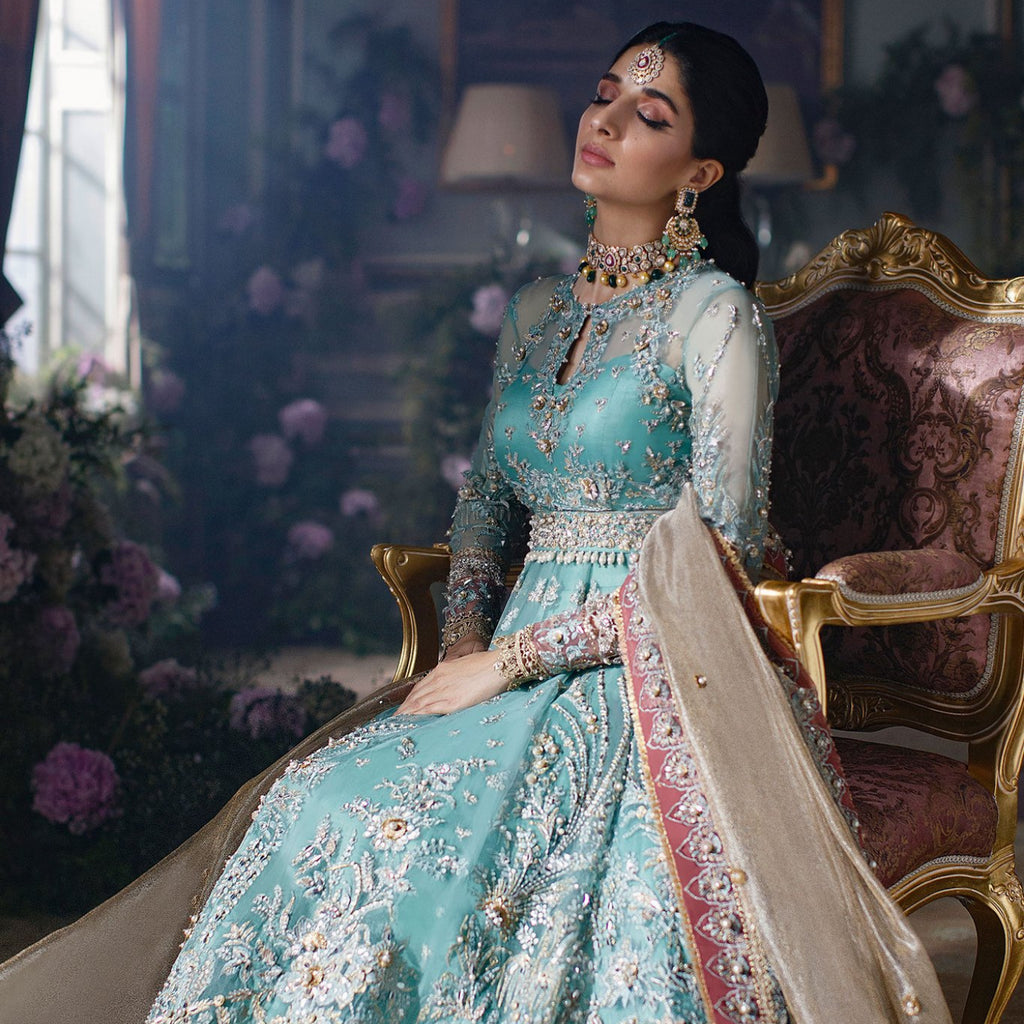Exploring the Timeless Elegance of Traditional Pakistani Dresses

Image Source: Google
Pakistani dresses are known for their exquisite craftsmanship, intricate designs, and vibrant colors. Traditional Pakistani attire reflects the rich cultural heritage and diverse influences that have shaped the country's fashion landscape over the centuries. From weddings to festivals, traditional Pakistani dresses are a symbol of grace, elegance, and tradition.
The History of Traditional Pakistani Dresses
Traditional Pakistani dresses have a long history that dates back centuries. Influenced by various cultures and civilizations, Pakistani attire has evolved over time to reflect a unique blend of styles and designs. Some key points about the history of traditional Pakistani dresses include:
Indus Valley Civilization
- The Indus Valley Civilization, one of the world's oldest urban civilizations, had a rich tradition of textile production and garment making.
- Archaeological findings such as the famous "Priest King" statue depict figures wearing draped garments, possibly indicating early forms of traditional Pakistani clothing.
Mughal Influence
- The Mughal Empire, which ruled the Indian subcontinent from the 16th to the 19th century, had a profound impact on Pakistani fashion.
- Mughal emperors and empresses were known for their luxurious clothing, including intricate embroidery, rich fabrics, and elaborate designs.
Types of Traditional Pakistani Dresses
Traditional Pakistani dresses come in a wide variety of styles, each with its unique characteristics and significance. Some popular types of traditional Pakistani dresses include:
Shalwar Kameez
- The shalwar kameez is the most common and widely worn traditional Pakistani outfit.
- It consists of a long tunic (kameez) paired with loose-fitting trousers (shalwar) and a dupatta (scarf).
- Shalwar kameez is worn by both men and women and is suitable for both casual and formal occasions.
Lehenga Choli
- The lehenga choli is a traditional Pakistani dress worn by women for special occasions such as weddings and festivals.
- It consists of a long skirt (lehenga), a fitted blouse (choli), and a dupatta.
- Lehenga choli is often heavily embellished with intricate embroidery, beadwork, and sequins.
Sherwani
- The sherwani is a traditional Pakistani outfit worn by men for formal events such as weddings and parties.
- It is a long coat-like garment that is usually paired with a kurta (tunic) and churidar (fitted trousers).
- Sherwanis are often made from luxurious fabrics like silk and velvet and are adorned with ornate embellishments.
Features of Traditional Pakistani Dresses
Traditional Pakistani dresses are characterized by certain features that set them apart from contemporary Western fashion. Some key features of traditional Pakistani dresses include:
Bright and Vibrant Colors
- Traditional Pakistani dresses are known for their bold and vibrant color palettes.
- Colors like red, green, blue, and gold are commonly used in Pakistani attire to symbolize life, joy, and celebration.
Intricate Embroidery
- Embroidery is a hallmark of traditional Pakistani dresses, with intricate patterns and motifs adorning the fabric.
- Embroidery techniques like zardozi, gota work, and mirror work are commonly used to embellish Pakistani outfits.
Luxurious Fabrics
- Traditional Pakistani dresses are often crafted from luxurious fabrics like silk, chiffon, and velvet.
- These fabrics lend a sense of opulence and sophistication to Pakistani attire, making them perfect for special occasions.
Modern Interpretations of Traditional Pakistani Dresses
While traditional Pakistani dresses have a timeless appeal, modern designers have also put their own spin on these classic garments. Some modern interpretations of traditional Pakistani dresses include:
Fusion Wear
- Designers are blending traditional Pakistani silhouettes with contemporary Western styles to create fusion wear.
- Fusion wear combines elements of both cultures, resulting in unique and innovative designs that appeal to a global audience.
Contemporary Embellishments
- Modern Pakistani dresses often feature contemporary embellishments like sequins, beads, and crystals for a touch of glamour.
- These embellishments add a modern twist to traditional Pakistani outfits, making them more versatile and fashion-forward.
Minimalist Designs
- Some designers are opting for minimalist designs that focus on clean lines, simple silhouettes, and understated elegance.
- Minimalist Pakistani dresses are perfect for those who prefer a more understated and sophisticated look.
Traditional Pakistani dresses continue to captivate fashion enthusiasts around the world with their timeless elegance, exquisite craftsmanship, and cultural significance. Whether worn for weddings, festivals, or special occasions, traditional Pakistani attire is a true reflection of the country's rich sartorial heritage.
0 Comment